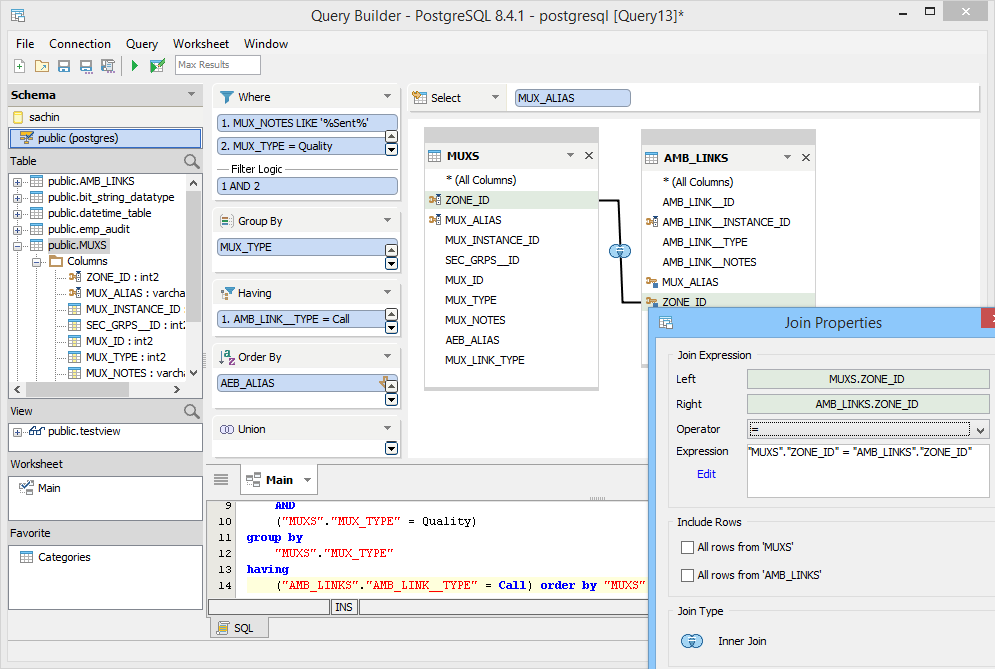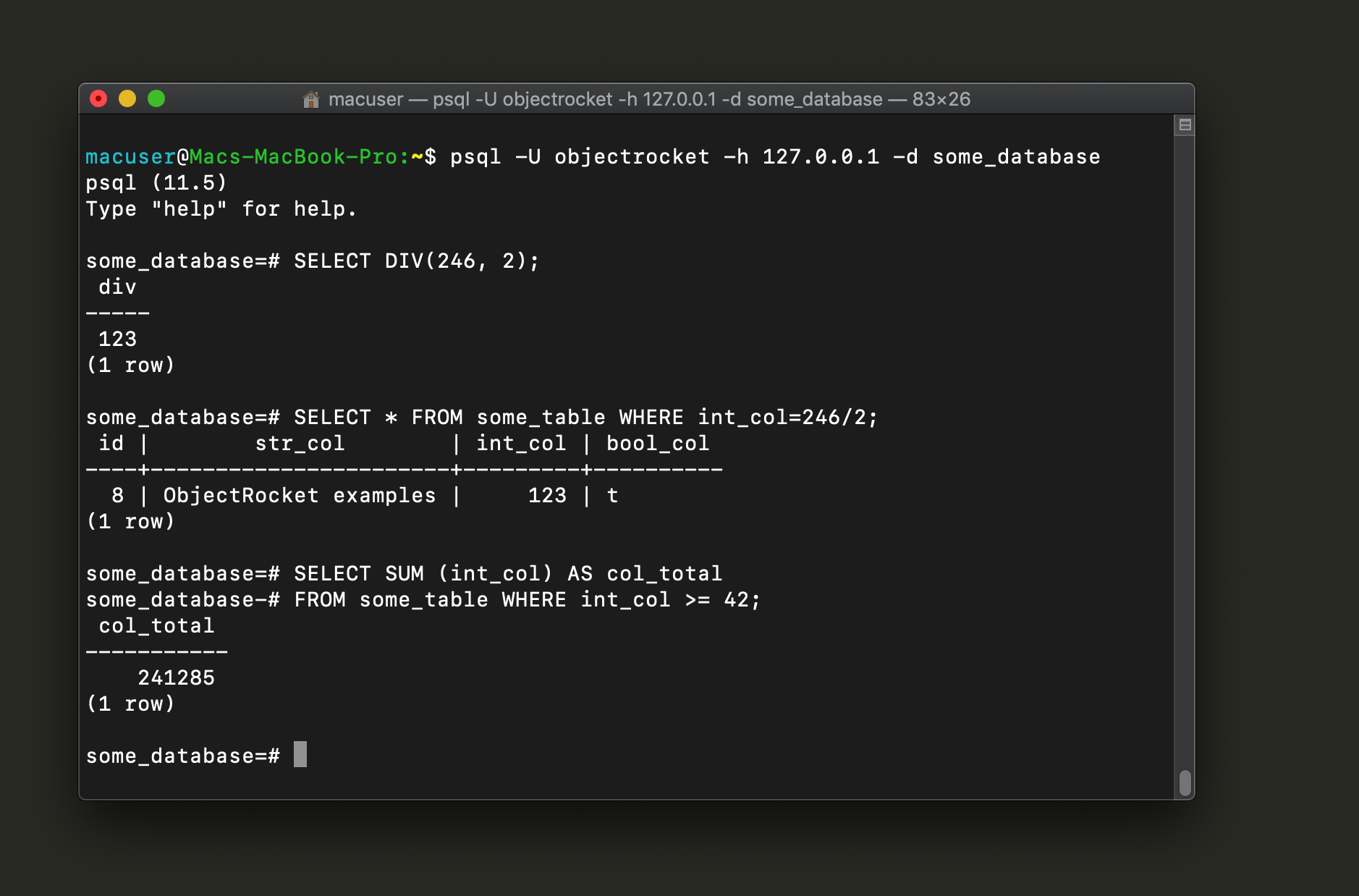

- Postgresql case statement how to#
- Postgresql case statement update#
- Postgresql case statement code#
It is used with a subquery and is said to have been met when the subquery returns at least one row. The EXISTS operator tests whether a row(s) exists in a subquery. Step 3) Type the query in the query editor: DELETE FROM Price The Price table should now be as follows: Postgresql case statement update#
Step 3) Type the query in the query editor: UPDATE Price From the navigation bar on the left- Click Databases.To accomplish the same through pgAdmin, do this:
Postgresql case statement how to#
Now let’s see how these actions can be performed using pgAdmin: How To Use Exists Query in PostgreSQL with SELECT Statement using pgAdminīelow are the steps to use Exists query in PostgreSQL with SELECT statement using pgAdmin: PostgreSQL Exists Statement using pgAdmin The row with an id of 5 has been deleted. Postgres Exists with DELETE StatementĪ PostgreSQL DELETE statement can use the EXISTS operator. If there was a difference, an update would have been made. However, since the prices are equal, that is, 205, no update was made.


Our aim is to have the prices of items sharing an id to be the same. We are updating the price column of the Price table. We can use the EXISTS operator in an UPDATE statement. This record was then inserted into the Price table. The row with an id of 5 in the table named Price2 was matched. It allows you to add if-else logic to the query to form a. We can then run the following statement: INSERT INTO Price The PostgreSQL CASE expression is the same as IF/ELSE statement in other programming languages. We can use the EXISTS operator in an INSERT statement. The above command should return all records in the Book table whose id matches the id of any records by the subquery. Let’s see how to use a SELECT statement with the EXISTS operator. The subquery is simply a SELECT statement that should begin with a SELECT * instead of a list of column names or expressions. The above syntax shows that the EXISTS operator takes in an argument, which is a subquery. Here is the syntax for the PostgreSQL EXISTS statement: WHERE EXISTS (subquery)
PostgreSQL Exists Statement using pgAdmin. PostgreSQL Exists with INSERT Statement. PostgreSQL Exists with SELECT Statement. In this PostgreSQL Exists Query tutorial, you will learn: You can use this operation along with SELECT, UPDATE, INSERT, and DELETE statements. The Exists operator is said to have been met when at least one row is found in the subquery. This means that the operator is used together with a subquery. If the length is greater than 120 minutes, the film is long.The PostgreSQL EXISTS operator tests whether a row(s) exists in a subquery. If the length is greater than 50 minutes and less than or equal to 120 minutes, the film is medium. If the lengh is less than 50 minutes, the film is short. Suppose you want to label the films by their length based on the following logic: Let’s take a look at the film table from the sample database. If you omit the ELSE clause, the CASE expression returns NULL. In case all conditions evaluate to false, the CASE expression returns the result ( else_result) that follows the ELSE keyword. Also, it immediately stops evaluating the next expression. For example, if the condition_2 evaluates to true, the CASE expression returns the result_2. If a condition evaluates to true, the CASE expression returns the corresponding result that follows the condition. When a condition evaluates to false, the CASE expression evaluates the next condition from the top to bottom until it finds a condition that evaluates to true. In this syntax, each condition ( condition_1, condition_2…) is a boolean expression that returns either true or false. Postgresql case statement code#
END Code language: SQL (Structured Query Language) ( sql )







 0 kommentar(er)
0 kommentar(er)
